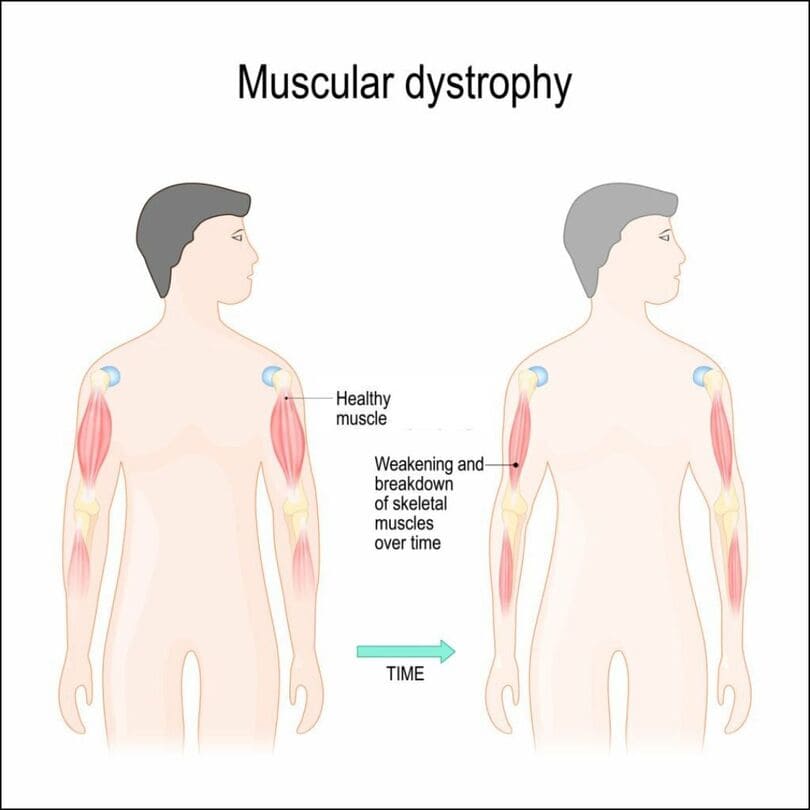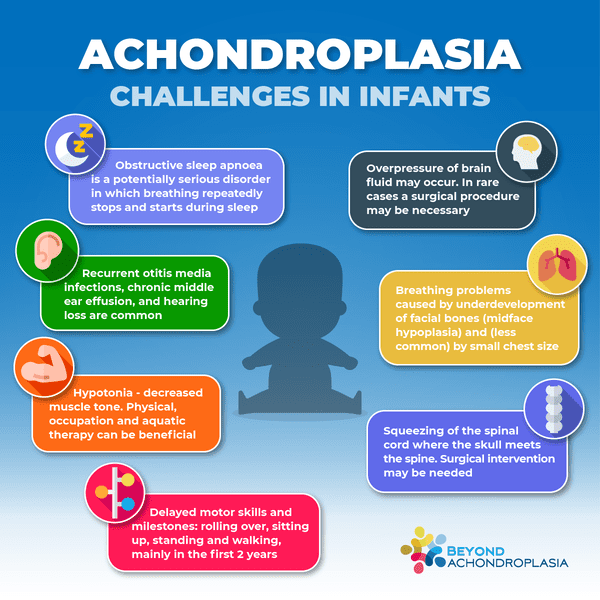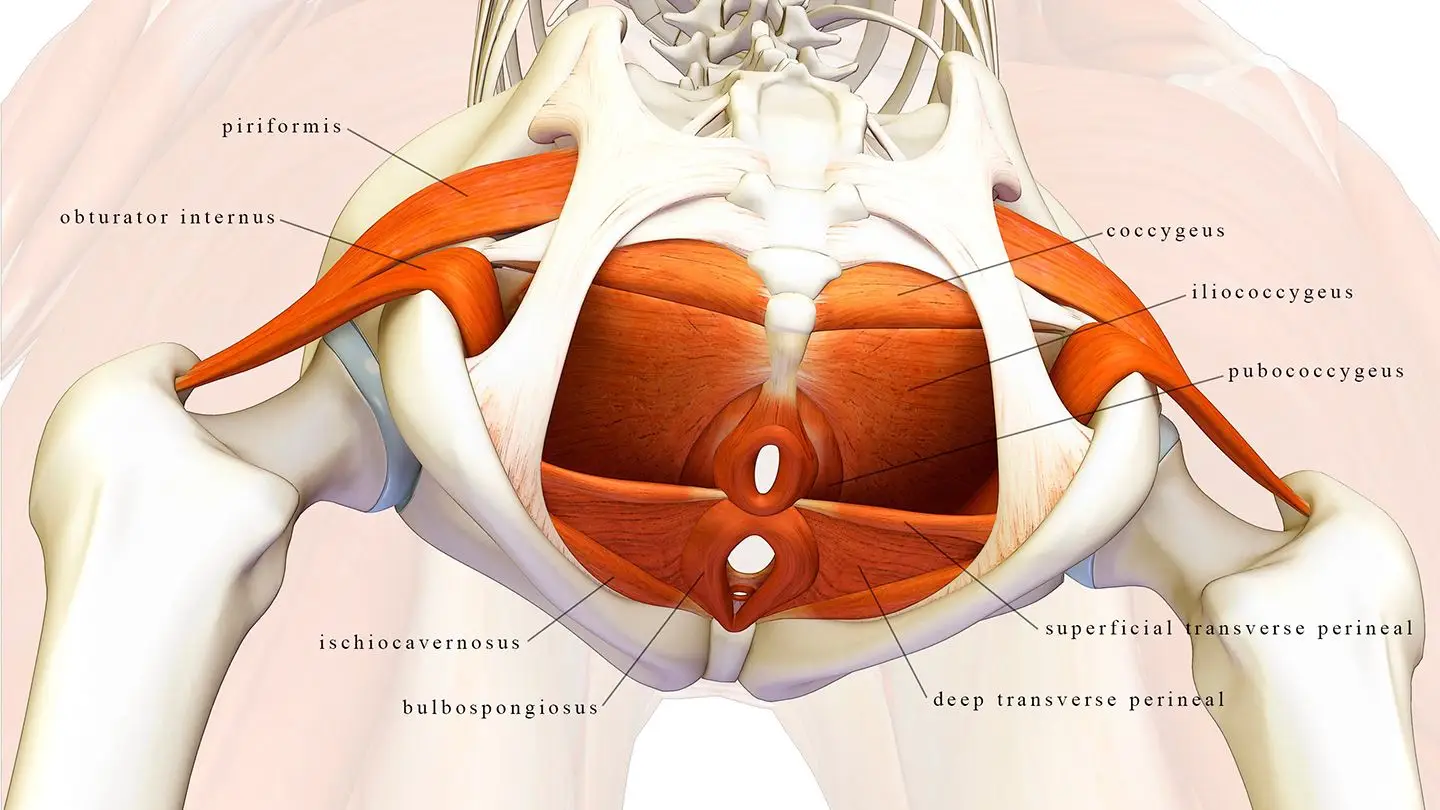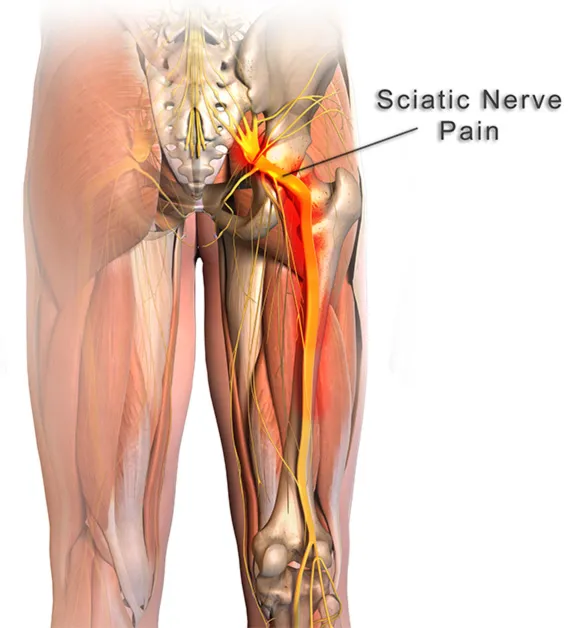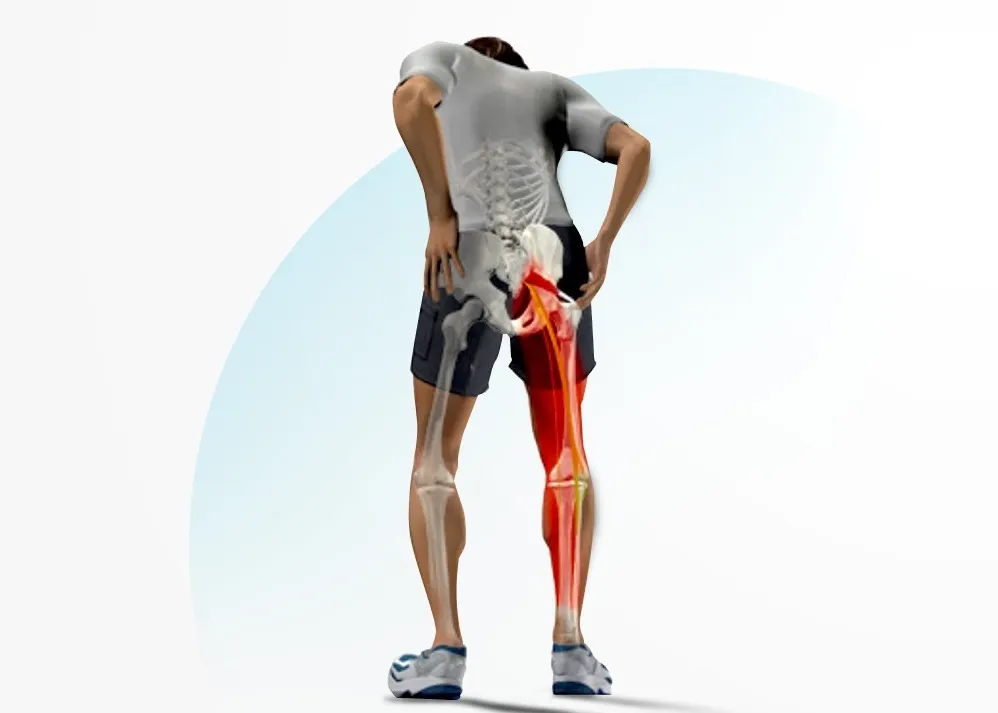Fibromyalgia stands as a complex and often misunderstood condition characterized by widespread musculoskeletal pain, fatigue, and sleep disturbances. This overview endeavors to shed light on the multifaceted nature of fibromyalgia, providing insights into its manifestations and the challenges it poses to those affected.
Chronic Pain Syndrome
Description
Fibromyalgia is recognized as a chronic pain syndrome that impacts various aspects of daily life. The pain extends beyond the musculoskeletal system, affecting both physical and emotional well-being.
Widespread Discomfort
The hallmark of fibromyalgia is persistent, widespread pain lasting at least three months. This pain affects both sides of the body and occurs above and below the waist. It often involves muscles and soft tissues, leading to tenderness and discomfort.
Associated Symptoms
Fatigue: Profound fatigue is common, impacting energy levels and overall vitality.
Sleep Disturbances: Difficulty falling asleep and maintaining restful sleep contributes to chronic fatigue.Cleveland Clinic+3Health+3MedlinePlus+3
What are the symptoms of fibromyalgia?
1. Widespread Pain:
- Chronic Ache: Fibromyalgia’s signature symptom is a pervasive and chronic ache that permeates muscles, ligaments, and tendons throughout the body.
- Tender Points: Distinctive tender points, typically around joints, amplify the pain experience. These tender areas, when pressed, evoke heightened discomfort and contribute to the diagnostic criteria.
2. Fatigue and Sleep Disturbances:
- Profound Fatigue: Beyond everyday tiredness, fibromyalgia introduces profound fatigue that persists, often irrespective of the duration and quality of sleep.
- Unrefreshing Sleep: Sleep disturbances are integral to fibromyalgia, leading to unrefreshing sleep patterns and contributing to the pervasive sense of fatigue during waking hours.
3. Cognitive Symptoms:
- Fibro Fog: Cognitive symptoms, colloquially referred to as “fibro fog,” manifest as a mental cloudiness that affects cognitive functions.
- Memory and Concentration: Individuals may struggle with memory lapses, difficulty concentrating, and challenges in processing information, creating cognitive hurdles in daily activities.
4. Sensory Sensitivities:
- Hyperesthesia: Heightened sensitivity to sensory stimuli, known as hyperesthesia, is common in fibromyalgia.
- Light, Sound, and Touch: Increased sensitivity to light, sound, and touch can trigger discomfort, amplifying the overall sensory experience.
5. Mood Disturbances:
- Depression and Anxiety: Fibromyalgia often coexists with mood disturbances, including depression and anxiety.
- Impact on Emotional Well-being: The persistent nature of symptoms and their impact on daily life contribute to emotional challenges, further influencing mental health.
6. Digestive Issues:
- Irritable Bowel Symptoms: Fibromyalgia may manifest alongside irritable bowel syndrome (IBS), leading to digestive issues such as abdominal pain, bloating, and alterations in bowel habits.
- Overlap of Symptoms: The overlap of fibromyalgia symptoms with those of IBS underscores the complexity of the condition.
7. Headaches and Migraines:
- Frequent Headaches: Individuals with fibromyalgia often experience frequent headaches, including tension-type headaches and migraines.
- Connection to Pain Pathways: The shared pathways involved in fibromyalgia and headache disorders contribute to the co-occurrence of these symptoms.
8. Joint Stiffness:
- Morning Stiffness: Stiffness in the joints, particularly in the morning or after periods of inactivity, is a common symptom.
- Impact on Mobility: Joint stiffness can affect mobility and contribute to difficulties in initiating movement, especially after periods of rest.
Deciphering the language of fibromyalgia involves recognizing the intricate interplay of symptoms that extend beyond physical pain. The pervasive impact on cognitive functions, sensory experiences, and emotional well-being underscores the multifaceted nature of this chronic pain syndrome. As individuals navigate the complexities of fibromyalgia, a comprehensive understanding of its diverse manifestations is crucial for tailored management and support.
Causes and Risk Factors
The exact cause of fibromyalgia remains unknown. However, experts believe it results from several combined factors:
Genetics: Fibromyalgia may run in families.
Infections: Certain illnesses might trigger or worsen symptoms.
Physical or Emotional Trauma: Events such as car accidents or stressful life situations may contribute.
Stress: Long-term stress may change how the brain processes pain.
Understanding what contributes to fibromyalgia can guide better treatment approaches.
(nhs.uk)
How Is Fibromyalgia Diagnosed?
There isn’t a single test for fibromyalgia, so diagnosis relies on:
Reviewing Your Symptoms: Your doctor will ask about pain levels, sleep, and cognitive issues.
Physical Exams: Checking for widespread tenderness or stiffness.
Rule-Out Testing: Lab tests may be ordered to exclude conditions like lupus or arthritis.
If you're seeking a clear diagnosis, our team in Richmond Hill offers compassionate, thorough assessments for fibromyalgia near you.
(mayoclinic.org)
Treating Fibromyalgia in Richmond Hill
There is no single cure for fibromyalgia, but several treatments can reduce symptoms and help you regain control over your life.
Medications
Several prescription options help manage fibromyalgia pain and fatigue:
Duloxetine (Cymbalta) and Milnacipran (Savella): Antidepressants that reduce nerve pain and lift mood.
Pregabalin (Lyrica): Helps decrease nerve sensitivity, often improving sleep and reducing pain.
We can assist in determining which medications may work best as part of your personalized fibromyalgia therapy in Richmond Hill.
(arthritis.org)
Cognitive Behavioral Therapy (CBT)
Cognitive Behavioral Therapy is a highly effective psychological treatment for people with fibromyalgia. It teaches tools for:
Coping with chronic pain
Managing anxiety and depression
Reducing the emotional impact of flare-ups
Improving sleep patterns and mental clarity
We offer referrals and collaborative care options that integrate CBT into your fibromyalgia treatment plan.
(neurologyadvisor.com)
Lifestyle and Natural Therapies
Simple changes can make a big difference in managing daily symptoms:
Low-Impact Exercise: Walking, swimming, or yoga can reduce stiffness and improve energy.
Sleep Improvement: Following a routine and creating a calm bedtime environment supports improved sleep.
Stress Relief Techniques: Meditation, breathing exercises, and massage therapy help manage emotional triggers.
Manual Therapy: Physical therapy and osteopathy target pain in the muscles and soft tissues for long-term relief.
At our Richmond Hill clinic, we use a combination of physical and holistic treatments to reduce pain and improve function.
(hopkinsmedicine.org)
Living with Fibromyalgia in Richmond Hill
You don’t have to face fibromyalgia alone. People with fibromyalgia often benefit from a multi-faceted approach:
Educational Support: Learning more about your condition builds confidence and improves outcomes.
Support Systems: Talking with others facing the same challenges provides emotional relief.
Ongoing Care: Regular check-ins with your care provider ensure your plan continues working.
If you’re looking for help managing your symptoms, reach out to our team for fibromyalgia care near me in Richmond Hill.
Disclaimer: This article is for general educational purposes. For personalized medical care, please consult a qualified healthcare professional.





